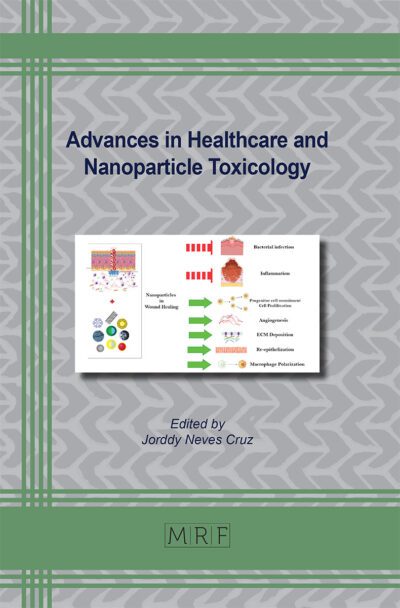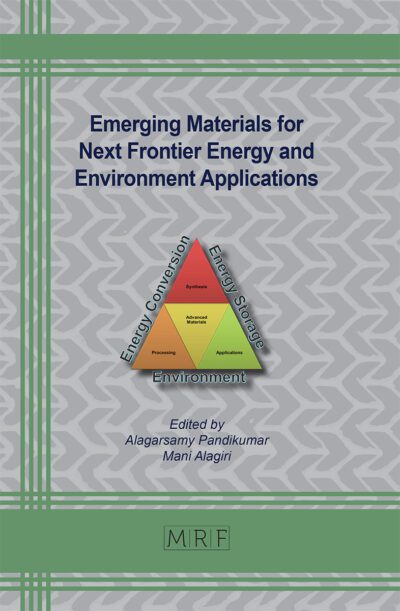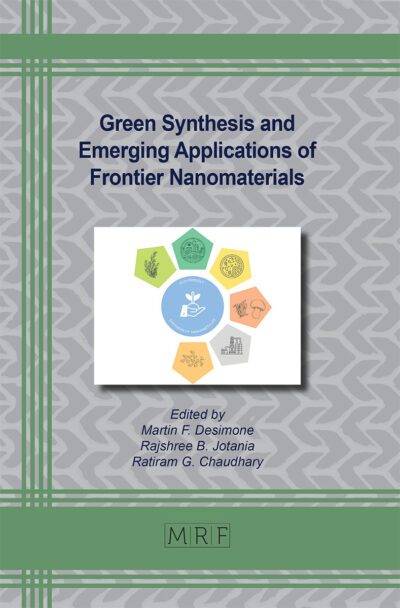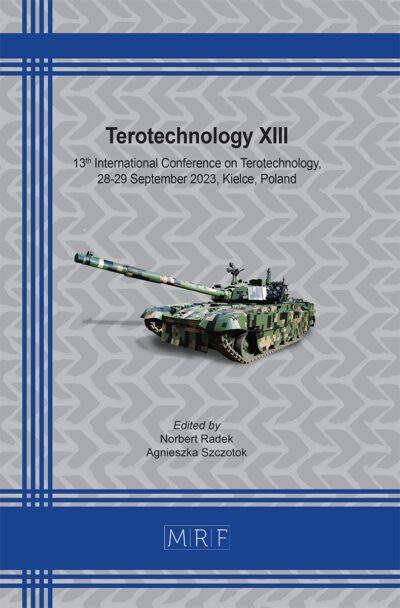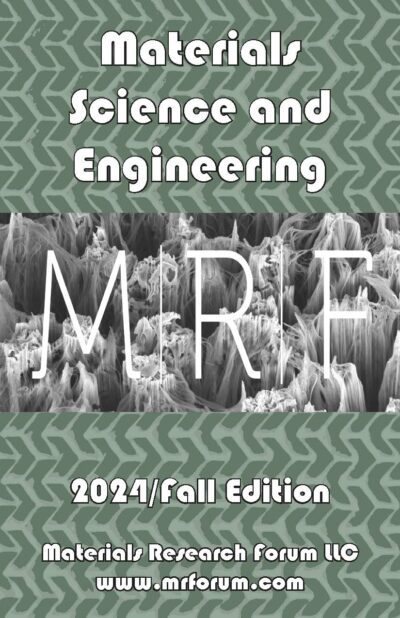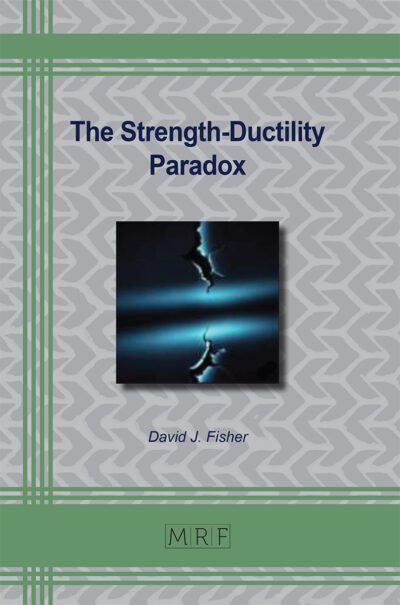Solving Critical Quality Problems by Detecting and Eliminating their Root Causes – Case-Study from The Automotive Industry
KNOP Krzysztof and ULEWICZ Robert
download PDFAbstract. The article presents the results of using selected quality tools to detect and analyze critical quality problems of low-pressure hoses for car radiators and their root causes for their elimination. The research aims to analyze the nonconformities of the tested product, identify critical nonconformities in terms of frequency of occurrence, and analyze potential causes of their creation to propose effective corrective and preventive actions. The paper presents the use of such quality tools as the Pareto-Lorenz diagram, Ishikawa diagram, and 5 WHY analysis. It was identified that the critical nonconformities of low-pressure hose that should be addressed first are nonconforming insert mounting depth and crooked cut detail. It has been shown that most of the factors causing critical nonconformances are in the “man” and “machine” type of problem areas. They identified the root causes of the quality problems, which were the incorrect setting of the machine by the operator and a lack of frequent inspections of the machine’s technical condition. It was proposed corrective actions to eliminate the possibility of critical nonconformities due to their root causes.
Keywords
Quality Problems, Root Cause Analysis, Quality Tools, Automotive Industry
Published online 7/20/2022, 8 pages
Copyright © 2022 by the author(s)
Published under license by Materials Research Forum LLC., Millersville PA, USA
Citation: KNOP Krzysztof and ULEWICZ Robert, Solving Critical Quality Problems by Detecting and Eliminating their Root Causes – Case-Study from The Automotive Industry, Materials Research Proceedings, Vol. 24, pp 181-188, 2022
DOI: https://doi.org/10.21741/9781644902059-27
The article was published as article 27 of the book Terotechnology XII
![]() Content from this work may be used under the terms of the Creative Commons Attribution 3.0 licence. Any further distribution of this work must maintain attribution to the author(s) and the title of the work, journal citation and DOI.
Content from this work may be used under the terms of the Creative Commons Attribution 3.0 licence. Any further distribution of this work must maintain attribution to the author(s) and the title of the work, journal citation and DOI.
References
[1] G. Kyriakopoulos. The role of quality management for effective implementation of customer satisfaction, customer consultation and self-assessment, within service quality schemes: A review, African Journal of Business Management 5 (2011) 4901–4915. https://doi.org/10.5897/AJBM10.1584
[2] Y.T. Chong, Ch.-H. Chen. Customer needs as moving targets of product development: A review, The International Journal of Advanced Manufacturing Technology 48 (2009) 395–406. https://doi.org/10.1007/s00170-009-2282-6
[3] G.F. Smith. The meaning of quality, Total Quality Management 4 (1993) 235–244. https://doi.org/10.1080/09544129300000038
[4] J. Martin, M. Elg, I. Gremyr. The Many Meanings of Quality: Towards a Definition in Support of Sustainable Operations, Total Quality Management & Business Excellence (2020) 1–14. https://doi.org/10.1080/14783363.2020.1844564
[5] R. Ulewicz, M. Mazur, K. Knop, R. Dwornicka. Logistic Controlling Processes and Quality Issues in a Cast Iron Foundry. Materials Research Proceedings 17 (2020) 65–71. https://doi.org/10.21741/9781644901038-10
[6] I. Gremyr, J. Lenning, M. Elg, J. Martin. Increasing the value of quality management systems, International Journal of Quality and Service Sciences 13 (2021) 381–394. https://doi.org/10.1108/IJQSS-10-2020-0170
[7] D.R. Bamford, R.W. Greatbanks. The use of quality management tools and techniques: a study of application in everyday situations, Int. J. Quality & Reliability Management 22 (2005) 376–392. https://doi.org/10.1108/02656710510591219
[8] K. Knop. Analysis and Quality Improvement of the UV Printing Process on Glass Packagings, Quality Production Improvement. QPI 2021, (Eds.) Ulewicz R., Hadzima B., De Gruyter, Warszawa (2021) 314–325.
[9] D. Siwiec, A. Pacana. The use of quality management techniques to analyse the cluster of porosities on the turbine outlet nozzle, Production Engineering Archives 24 (2019) 33–36. https://doi.org/10.30657/pea.2019.24.08
[10] D. Pavletic, M. Sokovic, G. Paliska. Practical Application of Quality Tools, International Journal for Quality Research 2 (2008) 1-6.
[11] R. Ulewicz, D. Kleszcz, M. Ulewicz. Implementation of Lean Instruments in Ceramics Industries, Management Systems in Production Engineering 29 (2021) 203–207. https://doi.org/10.2478/mspe-2021-0025
[12] K. Knop. Indicating and Analysis the Interrelation Between Terms – Visual: Management, Control, Inspection and Testing, Production Engineering Archives 26 (2020) 110–120. https://doi.org/10.30657/pea.2020.26.22
[13] M. Ebrahim, A. Baboli, E. Rother. The evolution of world class manufacturing toward Industry 4.0: A case study in the automotive industry, IFAC-PapersOnLine 52 (2019) 188–194. https://doi.org/10.1016/j.ifacol.2019.10.021
[14] K. Knop, R. Ulewicz. Analysis of the Possibility of Using the Kamishibai Audit in the Area of Quality Inspection Process Implementation, Organization & Management: Scientific Quarterly 3 (2018) 31-49. https://doi.org/10.29119/1899-6116.2018.43.3
[15] M. Ingaldi. Overview of the main methods of service quality analysis, Production Engineering Archives 18 (2018) 54-59. https://doi.org/10.30657/pea.2018.18.10
[16] A. Pacana, K. Czerwińska, L. Bednárová. Comprehensive improvement of the surface quality of the diesel engine piston, Metalurgija 58 (2019) 329-332.
[17] D. Siwiec, R. Dwornicka, A. Pacana. Improving the non-destructive test by initiating the quality management techniques on an example of the turbine nozzle outlet, Materials Research Proceedings 17 (2020) 16-22. https://doi.org/10.21741/9781644901038-3
[18] G. Ostasz, K. Czerwińska, A. Pacana. Quality Management of Aluminum Pistons with the Use of Quality Control Points. Management Systems in Production Engineering 28 (2020) 29-33. https://doi.org/10.2478/mspe-2020-0005
[19] D. Nowakowski, A. Gądek-Moszczak, P. Lempa. Application of machine learning in the analysis of surface quality – the detection the surface layer damage of the vehicle body, METAL 2021 – 30th Int. Conf. Metallurgy and Materials (2021), Ostrava, Tanger 864-869. https://doi.org/10.37904/metal.2021.4210
[20] G. Majewski, Ł.J. Orman, M. Telejko, N. Radek, J. Pietraszek, A. Dudek. Assessment of thermal comfort in the intelligent buildings in view of providing high quality indoor environment, Energies 13 (2020) art. 1973. https://doi.org/10.3390/en13081973
[21] E. Skrzypczak-Pietraszek, A. Szewczyk, A. Piekoszewska, H. Ekiert. Biotransformation of hydroquinone to arbutin in plant in vitro cultures – Preliminary results. Acta Physiol. Plant 27 (2005) 79-87. https://doi.org/10.1007/s11738-005-0039-x
[22] E. Skrzypczak-Pietraszek. Phytochemistry and biotechnology approaches of the genus exacum. In: The Gentianaceae – Volume 2: Biotechnology and Applications, 2015, 383-401. https://doi.org/10.1007/978-3-642-54102-5_16
[23] A. Pacana, R. Ulewicz. Analysis of causes and effects of implementation of the quality management system compliant with iso 9001, Pol. J. Manag. Stud. 21 (2020) 283 296. https://doi.org/10.17512/pjms.2020.21.1.21
[24] S. Lazar, D. Klimecka‐Tatar, M. Obrecht. Sustainability orientation and focus in logistics and supply chains. Sustainability 13 (2021) art. 3280. https://doi.org/10.3390/su13063280
[25] R. Ulewicz, D. Jelonek, M. Mazur. Implementation of logic flow in planning and production control, Management and Production Engineering Review 7 (2016) 89-94. https://doi.org/10.1515/mper-2016-0010
[26] M. Ulewicz, A. Pietrzak. Properties and structure of concretes doped with production waste of thermoplastic elastomers from the production of car floor mats. Materials 14 (2021) art. 872. https://doi.org/10.3390/ma14040872
[27] K. Antosz, A. Pacana. Comparative analysis of the implementation of the SMED method on selected production stands, Tehnicki Vjesnik 25 (2018) 276-282. https://doi.org/10.17559/TV-20160411095705
[28] R. Ulewicz, M. Mazur. Economic aspects of robotization of production processes by example of a car semi-trailers manufacturer, Manufacturing Technology 19 (2019) 1054-1059. https://doi.org/10.21062/ujep/408.2019/a/1213-2489/MT/19/6/1054
[29] J. Pietraszek, E. Skrzypczak-Pietraszek. The uncertainty and robustness of the principal component analysis as a tool for the dimensionality reduction. Solid State Phenom. 235 (2015) 1-8. https://doi.org/10.4028/www.scientific.net/SSP.235.1
[30] Ł.J. Orman Ł.J., N. Radek, J. Pietraszek, M. Szczepaniak. Analysis of enhanced pool boiling heat transfer on laser-textured surfaces. Energies 13 (2020) art. 2700. https://doi.org/10.3390/en13112700
[31] J. Pietraszek, R. Dwornicka, A. Szczotok. The bootstrap approach to the statistical significance of parameters in the fixed effects model. Proc. ECCOMAS Congress (2016) 3, 6061-6068. https://doi.org/10.7712/100016.2240.9206
[32] J. Pietraszek, A. Szczotok, N. Radek. The fixed-effects analysis of the relation between SDAS and carbides for the airfoil blade traces. Archives of Metallurgy and Materials 62 (2017) 235-239. https://doi.org/10.1515/amm-2017-0035
[33] J. Pietraszek, A. Gadek-Moszczak, N. Radek. The estimation of accuracy for the neural network approximation in the case of sintered metal properties. Studies Comp. Intell. 513 (2014) 125-134. https://doi.org/10.1007/978-3-319-01787-7_12
[34] J. Pietraszek, N. Radek, A.V. Goroshko. Challenges for the DOE methodology related to the introduction of Industry 4.0. Production Engineering Archives 26 (2020) 190-194. https://doi.org/10.30657/pea.2020.26.33
[35] L. Radziszewski, M. Kekez. Application of a genetic-fuzzy system to diesel engine pressure modeling, International Journal of Advanced Manufacturing Technology 46 (2010) 1-9. https://doi.org/10.1007/s00170-009-2080-1
“”







